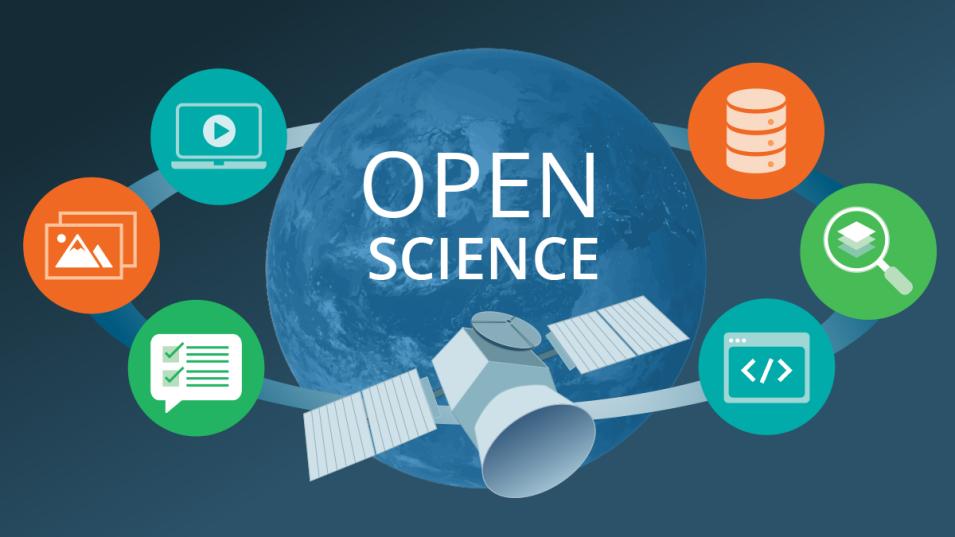Having data in the cloud and being able to access and work with these data virtually in a cloud-based environment is called cloud computing. Analyses and data manipulations can be accomplished directly with data in the cloud with only the analysis results needing to be downloaded.
Since 1994, NASA Earth science data have been free and open to all users for any purpose. NASA's Earth Science Data Systems (ESDS) Program is committed to providing the most efficient use of these data through the deployment of cloud-enabled data and tools. Through the migration of NASA Earth science data to the Amazon Web Services (AWS) commercial cloud, data users will reap the benefits of being able to work with more data and conduct greater in-depth collaborative work with these data than ever before. This cloud evolution benefits users by improving and streamlining operations to further encourage free and open access to data, investing in open-source tools, increasing capabilities for data access and management, and engaging with strategic partners and the open-source community.

